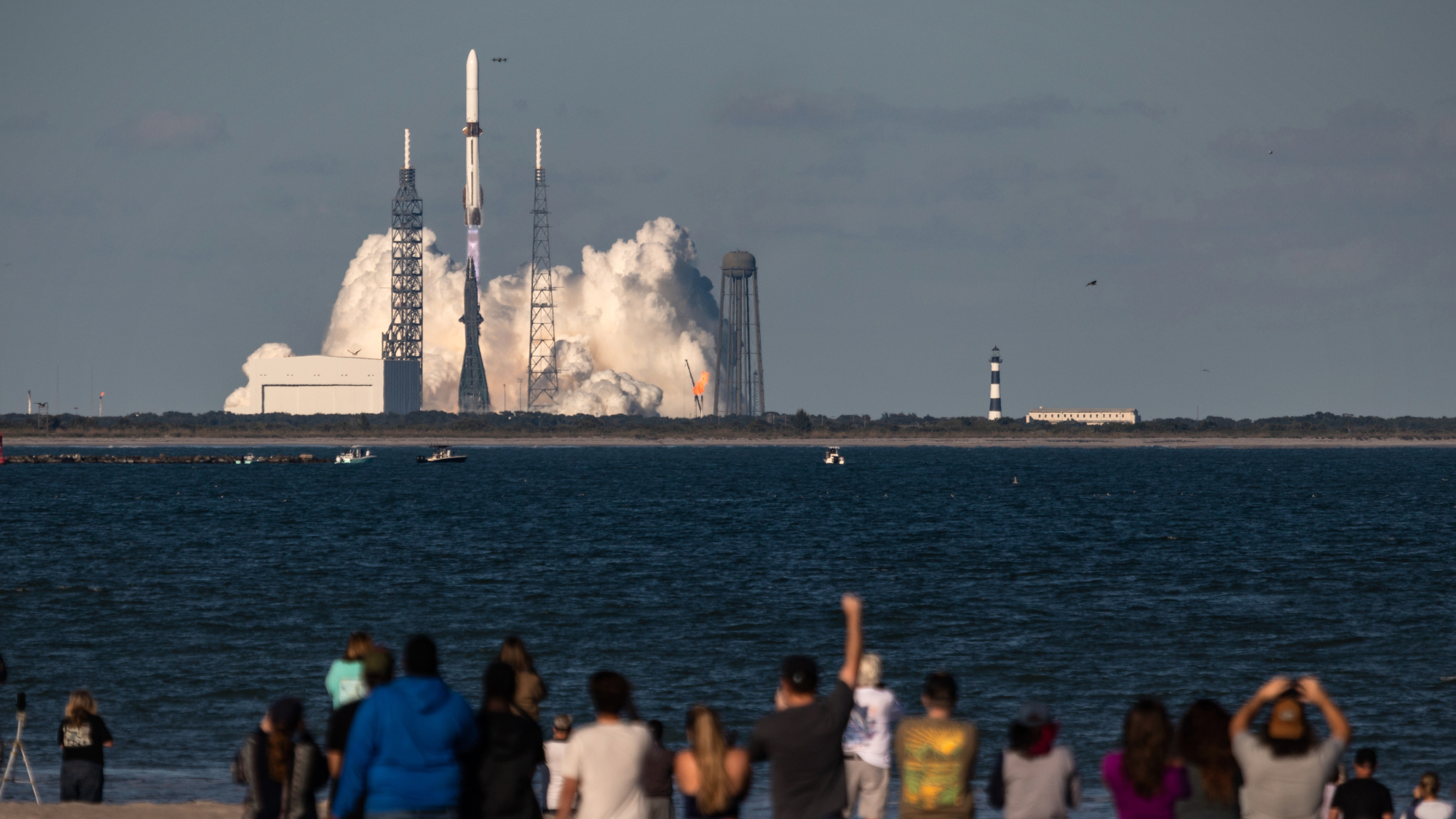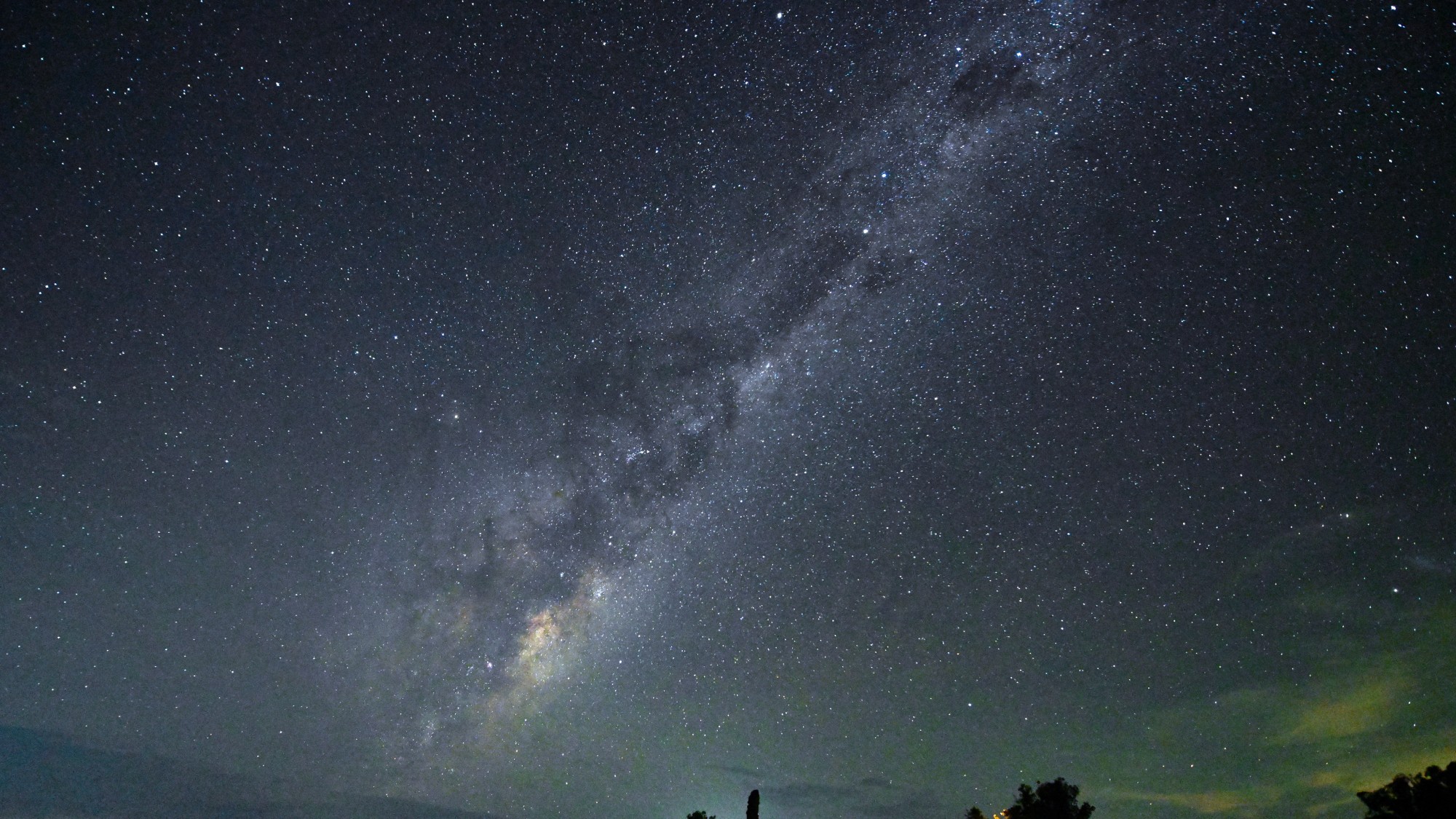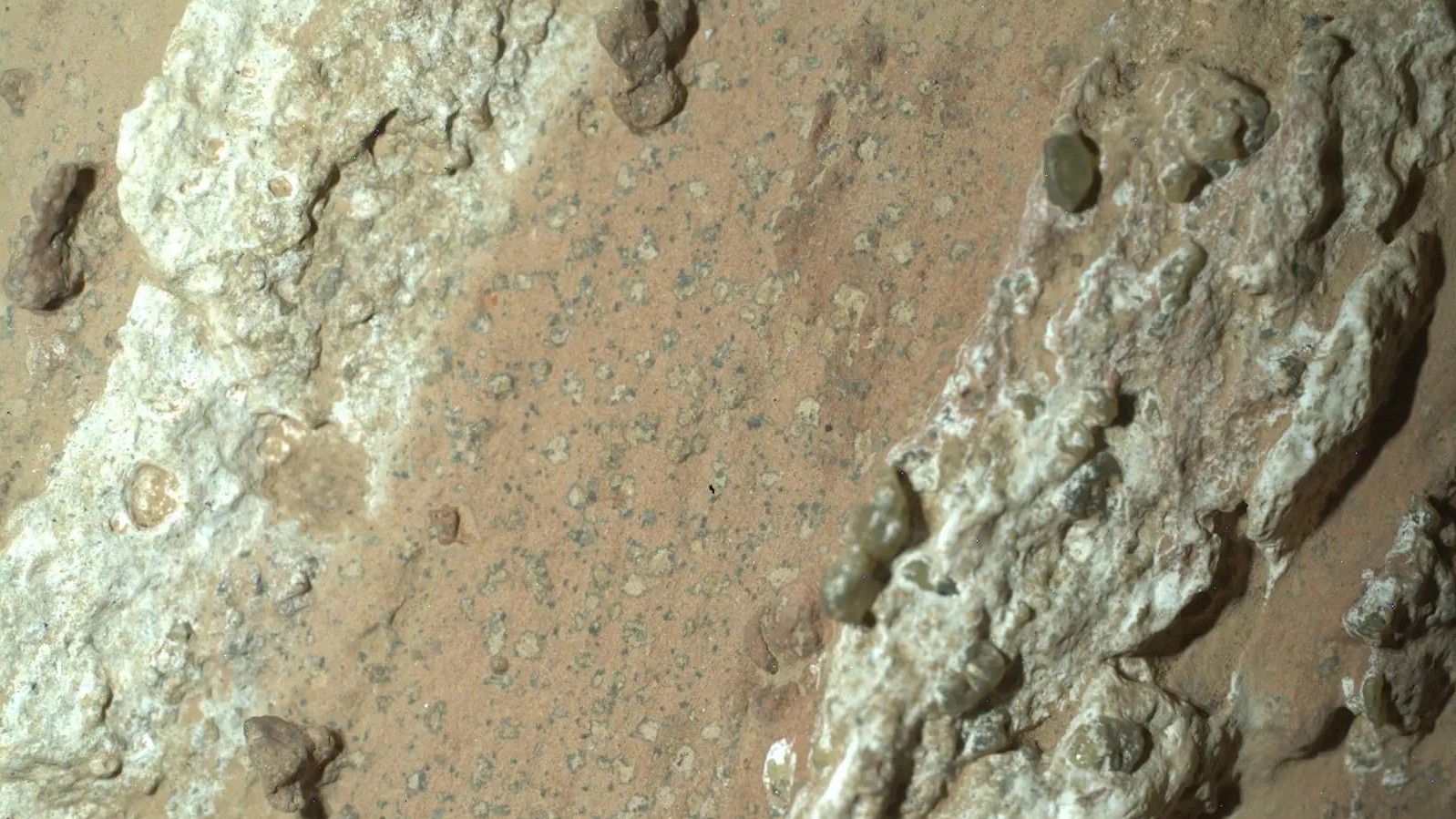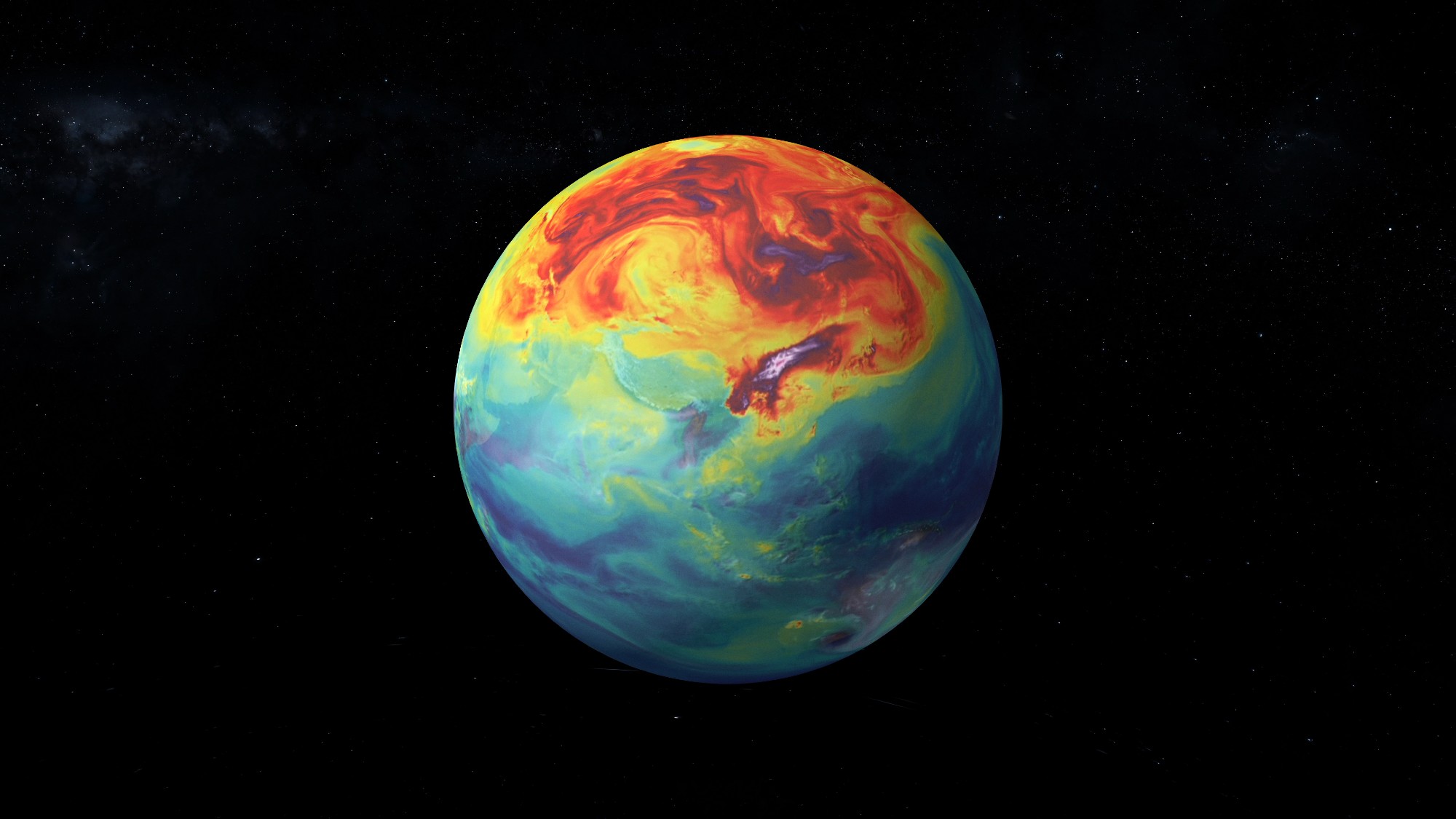Earth 2.0: could life exist on newly discovered planet?
Astronomers have found a large planet, Kepler-452b, which they say is 'the closest twin to Earth'

Scientists have discovered the most Earth-like planet yet seen, boosting their hopes of finding extraterrestrial life.
Researchers from Nasa, the Seti Institute and several universities made the discovery using data provided by the Kepler space telescope.
The new planet, dubbed Kepler-452b, is "the closest twin to Earth, or the Earth 2.0, that we've found so far," said Nasa's John Grunsfeld.
The Week
Escape your echo chamber. Get the facts behind the news, plus analysis from multiple perspectives.

Sign up for The Week's Free Newsletters
From our morning news briefing to a weekly Good News Newsletter, get the best of The Week delivered directly to your inbox.
From our morning news briefing to a weekly Good News Newsletter, get the best of The Week delivered directly to your inbox.
How similar to Earth is it?
The planet is 1,400 light years away in the constellation Cygnus and research suggests that it is roughly five times larger than Earth. Kepler-452b orbits a large star similar to our Sun at an almost identical distance, completing its orbit in 385 days.
This distance means surface temperatures on the planet would be suitable for water, a critical condition for life. "It would feel a lot like home, from the standpoint of the sunshine that you would experience," lead researcher Jon Jenkins told Space.com
What is the significance of the discovery?
A free daily email with the biggest news stories of the day – and the best features from TheWeek.com
Due to these conditions, Kepler-452b has a "substantial opportunity" to host life, says Nasa. Scientists predict that if plants were transferred there, they would probably survive.
"We're trying to answer really fundamental questions," Grunsfeld said. "Where are we going as human beings, and of course the really grand question: are we alone in the universe?"
As the planet's host star is 1.5bn year's older than the sun, scientists believe Kepler-452b could also point to a possible future for the earth, the BBC reports.
"The increasing energy from its aging sun might be heating the surface and evaporating any oceans. The water vapour would be lost from the planet forever," explained Dr Doug Caldwell, a scientist involved in the mission.
"Kepler-452b could be experiencing now what the Earth will undergo more than a billion years from now, as the Sun ages and grows brighter."
-
 ‘It’s hard not to feel for the distillers’
‘It’s hard not to feel for the distillers’Instant Opinion Opinion, comment and editorials of the day
-
 A long weekend in Fontainebleau
A long weekend in FontainebleauThe Week Recommends Less than an hour from Paris, this historic town is perfect for a short break
-
 Political cartoons for December 16
Political cartoons for December 16Cartoons Tuesday’s editorial cartoons include calibrating fonts, Christmas classics, and more
-
 Blue Origin launches Mars probes in NASA debut
Blue Origin launches Mars probes in NASA debutSpeed Read The New Glenn rocket is carrying small twin spacecraft toward Mars as part of NASA’s Escapade mission
-
 ‘The Big Crunch’: why science is divided over the future of the universe
‘The Big Crunch’: why science is divided over the future of the universeThe Explainer New study upends the prevailing theory about dark matter and says it is weakening
-
 The moon is rusting
The moon is rustingUnder the radar The Earth is likely to blame
-
 Panspermia: the theory that life was sent to Earth by aliens
Panspermia: the theory that life was sent to Earth by aliensUnder The Radar New findings have resurfaced an old, controversial idea
-
 Africa could become the next frontier for space programs
Africa could become the next frontier for space programsThe Explainer China and the US are both working on space applications for Africa
-
 NASA reveals ‘clearest sign of life’ on Mars yet
NASA reveals ‘clearest sign of life’ on Mars yetSpeed Read The evidence came in the form of a rock sample collected on the planet
-
 SpaceX breaks Starship losing streak in 10th test
SpaceX breaks Starship losing streak in 10th testspeed read The Starship rocket's test flight was largely successful, deploying eight dummy satellites during its hour in space
-
 NASA is moving away from tracking climate change
NASA is moving away from tracking climate changeThe Explainer Climate missions could be going dark